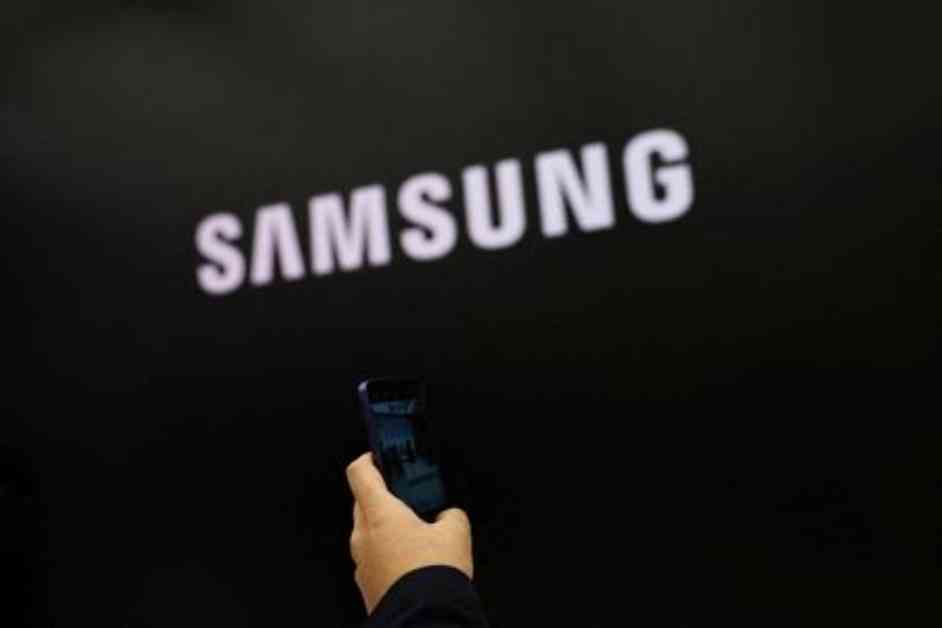Samsung Electronics announced an impressive increase in its second-quarter operating profit, with estimates showing a more than 15-fold rise compared to the same period last year. The company reported an operating profit of 10.4 trillion won ($7.54 billion) for the quarter ended June 30, a significant jump from 670 billion won a year ago. This exceeded expectations, as analysts had predicted a lower profit of 8.8 trillion won.
The surge in operating profit can be attributed to the rebounding semiconductor prices, driven by the growing demand for artificial intelligence technology. Samsung, known for being the world’s largest memory chip, smartphone, and TV manufacturer, also saw its revenue increase by 23% to 74 trillion won in the second quarter compared to the previous year.
The semiconductor division played a crucial role in Samsung’s strong performance, posting its second consecutive quarterly profit. The demand for high-end DRAM chips, such as high bandwidth memory (HBM) chips used in AI chipsets, has been on the rise. Additionally, chips used in data center servers and devices that operate AI services have also contributed to the increase in chip prices.
While the second quarter showed significant growth in memory chip prices, analysts predict a potential slowdown in the third quarter. The demand for legacy chips from the consumer electronics market remains sluggish, which could impact the overall chip industry recovery. Samsung’s outlook on legacy chips during the upcoming earnings call will provide insight into the sustainability of the chip industry recovery into the next year.
Despite facing challenges in the supply of high-end HBM chips to companies like Nvidia, Samsung remains optimistic about the demand for AI-driven high-end chips. The company recently introduced fourth-generation HBM chips, awaiting approval for supply to Nvidia after addressing previous issues related to heat and power consumption.
Investors are closely monitoring Samsung’s performance, especially after the company made changes in its semiconductor division leadership to address the ongoing “chip crisis.” Shares in Samsung have increased by 8% year-to-date, while its South Korean rival SK Hynix has seen a significant 63% rise in shares.
As Samsung prepares to release detailed second-quarter earnings on July 31, market watchers are eager to learn more about the company’s strategies to navigate the evolving semiconductor landscape and capitalize on the growing demand for AI technology.
















